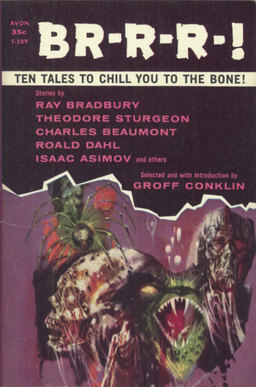Goth Chick News: Artist Collective 44Flood Takes on Vampirism
 When I see the words “artist collective” and “vampirism” in the same proximity, I am forced to look closer.
When I see the words “artist collective” and “vampirism” in the same proximity, I am forced to look closer.
I mean, what is the first thing that comes to mind when you think of an artist collective anyway? Probably not vampires.
Until today, I admittedly envisioned a commune, perhaps somewhere in the dessert or maybe Colorado, where personal hygiene is not particularly high on the to-do list. But after doing a bit of research I came to understand that unlike an artist commune, where people live together and produce art as a function of the group’s activities, an artist collective shares ownership, risk, benefits, and status of their joint work; and presumably showering more.
Okay, whatever.
Now that we are all clear on that bit, where exactly does vampirism come in?
44FLOOD is the name of an artist collective and publisher formed by Kasra Ghanbari, Ben Templesmith and Menton Mathews. Templesmith is tapping his old 30 Days of Night bosses IDW Publishing by forming a joint venture to create Libretto: Volume 1: Vampirism.








